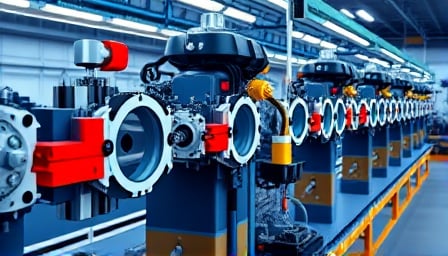Stellantis Abandons Hydrogen Fuel Cell Dreams, Citing Economic Reality
In a shocking move, Stellantis NV, one of the world’s leading automobile manufacturers, has pulled the plug on its hydrogen fuel cell technology development program. The decision is a stark admission that the company’s hydrogen-powered vehicle ambitions were nothing more than a pipe dream, crippled by the harsh realities of high costs and low demand.
The writing was on the wall for Stellantis’ hydrogen fuel cell program, which had been touted as a game-changer in the industry. However, the company’s own analysis revealed that the economics just didn’t add up. With production costs soaring and demand lagging, it’s no wonder that Stellantis has decided to cut its losses and focus on more viable technologies.
The implications of this decision are far-reaching, with significant consequences for the French hydrogen industry, which had been counting on Stellantis as a major customer. The company’s stock price has taken a hit, with investors losing confidence in the company’s ability to deliver on its promises.
- Key takeaways from Stellantis’ decision:
- High costs and low demand have made hydrogen-powered vehicles economically unviable
- The French hydrogen industry will suffer as a result of Stellantis’ decision
- The company’s stock price has declined in value, reflecting investor concerns
- Stellantis’ decision marks the end of plans to launch hydrogen-powered vehicles, including the Pro-One vans
In a world where economic reality often trumps idealism, Stellantis’ decision serves as a stark reminder that even the most ambitious plans can fall victim to the harsh realities of the market. As the company looks to the future, it’s clear that a more pragmatic approach will be needed to stay ahead of the competition.
